A Brief Introduction
The rise of Web3 and Non-Fungible Tokens (NFTs) presents a unique set of difficulties for artists looking to move their careers into this space. Despite the many benefits that come with creating and selling NFTs, such as increased exposure and the ability to sell unique, one-of-a-kind digital assets, there are several challenges that artists must contend with.
Today I just wanted to share with you some of my thoughts on the challenges I have faced when trying to start an art business using Cryptocurrencies and NFTs.
I went full-time into creating my artwork and selling them with NFTs, with the intention of letting owners get physical prints since November 2020 but had prepared for it since the beginning of 2020 building out my website, business plan and producing artwork while I was still working full-time for an animation company.

Receiving and Transferring Payment
Another challenge is being at the mercy of exchanges when it comes to off-ramping earnings into fiat currency and into a bank. Exchanges are the gatekeepers of cryptocurrencies, and artists must rely on them to convert their earnings into fiat currency. However, exchanges often have high fees and can freeze accounts, making it difficult for artists to access their earnings. But an artist must pay the amount of tax owed, so the longer the earnings are not put into the bank, the longer the risk exposure becomes.
I can’t emphasise enough the need for payment in a Stablecoin. In a perfect scenario, a customer can purchase the artwork in whatever crypto asset of their choosing, and the artist receives the currency of their choosing, with the marketplace handling the exchange of assets.
Receiving payment in a Stablecoin, which is pegged to a country’s currency, offers several benefits compared to receiving payment in a cryptocurrency that may be illiquid.
My advice would be to convert into fiat or a Stablecoin as soon as you can, and put the tax % and VAT you owe straight into your bank for your mental health and financial security.
- Stable Value: Stablecoins offer stable value compared to other cryptocurrencies which may have high price volatility. This stability is important for artists who need to have a predictable and consistent revenue stream.
- Liquidity: A Stablecoin that is pegged to a country's currency is more liquid, meaning it can be easily converted to cash or other cryptocurrencies, which is not always possible with an illiquid cryptocurrency.
- Wider Acceptance: Stablecoins are widely accepted as a means of payment, allowing artists to easily receive payment and use it to pay their bills and expenses.
- Ease of Use: Stablecoins can be easily used by anyone with a smartphone and a wallet, making them accessible to a wider range of artists and art buyers, even those without a background in finance.
Receiving payment in a Stablecoin based on their country’s currency can greatly improve the adoption of crypto for artists by providing a secure, stable and easily accessible means of payment.
I held a crypto asset that used a form of passive earning through weekly rewards. Once the value of the cryptocurrencies crashed I lost A LOT of money. However I still was required to pay for the tax of the NFT sales and be put into the highest tax bracket regardless of this massive financial impact.
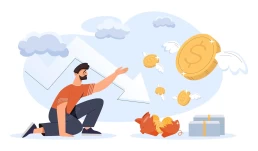
Invoices
Another huge problem is the lack of automated invoices when an NFT purchase is made also presents a challenge for artists. This means that artists must manually keep track of sales and create invoices themselves, which can be time-consuming and prone to error. If we are to utilise NFTs and crypto for their benefit of fast settlement time, then we need smart contracts that have a built-in function whereby an invoice can be automatically generated and sent to the artist.
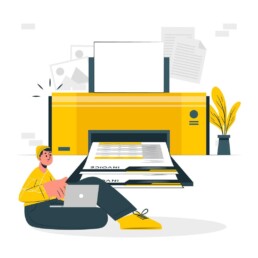
Gas Fees
Gas fees for creating or selling NFTs can also be expensive, which can eat into an artist’s profits. Additionally, there is a risk of losing assets by typing in the wrong cryptocurrency address, which can result in a permanent loss of funds.
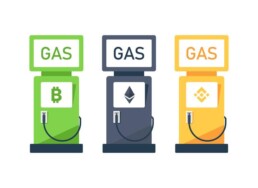
VAT & Taxation
Another huge problem is the lack of automated invoices when an NFT purchase is made also presents a challenge for artists. This means that artists must manually keep track of sales and create invoices themselves, which can be time-consuming and prone to error. If we are to utilise NFTs and crypto for their benefit of fast settlement time, then we need smart contracts that have a built-in function whereby an invoice can be automatically generated and sent to the artist.
Koinly is a useful website for sorting out the tax owed, but it doesn’t help when you need to connect a specific NFT sale to an invoice if you attach physical items with the sale. You will still need to find the specific sale attributed to the buyer and manually apply it and convert it to the fiat equivalent at the time of sale. I realise that crypto laws vary widely per country so be sure to know what laws apply to your business.
You should also never assume that because it is crypto that you can evade taxes. Everything is recorded on the blockchain, so your entire tax history can be traced.
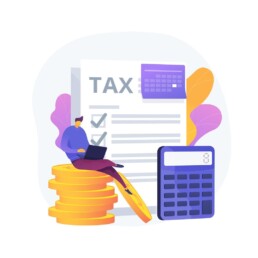
Lack of Regulatory Clarity
Turns out that it’s very expensive to innovate in this space.
The lack of regulatory clarity surrounding NFTs means that artists may need to pay a tax specialist or lawyer to navigate the complex tax laws to ensure they are in compliance with the laws. This can add an additional cost to the process and further slow down the process of creating and selling NFTs.
Despite the many benefits of NFTs, artists must contend with a number of difficulties when moving their careers into the Web3 and NFT space. From tax implications to exchange fees and the lack of regulatory clarity, these challenges can make the process of creating and selling NFTs more complex and time-consuming than traditional systems. It is important for an artist to carefully weigh the potential benefits and challenges before making the transition to selling artwork in the NFT space.
I have lost many thousands to tax lawyers who have used my earnings to fund their time to learn how to navigate the law and charging me for the tax advice as there is no where to go.
NFT Marketplaces
In addition, one of the main challenges faced by independent artists is the complexity of NFT marketplaces. With a plethora of platforms and a wide range of token standards, it can be difficult for independent artists to navigate and understand the NFT space. This can lead to confusion and uncertainty, making it difficult for independent artists to effectively showcase and sell their work.
My artwork is distributed amongst different blockchains, some have had NFT mints that I have burned but it still appears inside the marketplaces. Overall it just seems incredibly messy and difficult for an art collector to find your entire body of work if you have moved blockchain. I use my website as the central hub where all my NFTs can be discovered but not every artist has a website and it can be costly and requires constant maintenance.
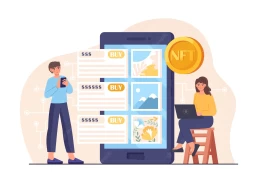
Displaying Work Amongst PFP (profile picture) Projects & Ai Generated Artwork
The dominance of PFP projects and AI-generated artwork has made it difficult for independent artists to compete and be recognised in the NFT market. PFP projects and AI-generated artwork have gained a significant following, attracting large amounts of investment and attention. This dominance also leads to a homogenisation of the NFT market, where similar themes and styles are prevalent, making it even more challenging for independent artists to stand out and showcase their unique perspectives and styles.
To address these challenges, NFT marketplaces need to improve their support for independent artists. This can be achieved by providing educational resources and support to help independent artists navigate the NFT space, creating opportunities for independent artists to showcase their work, and promoting a diverse and inclusive NFT market. Additionally, NFT marketplaces can also promote independent artists by highlighting their work and providing them with greater visibility, making it easier for them to connect with potential buyers and collectors.
This is for me an important one. When we think of crypto, we think of anonymity. So you don’t truly know who is buying your artwork. It is the same problem that exists today in the traditional art markets where galleries act as the middlemen and often is the case where the artist never gets to meet or know their buyer.
Final Thoughts
For me personally, it’s not been easy. While it is nice to explore new technology and enjoy some of the benefits, that does not mean that it comes with some heavy flaws, which will hopefully be ironed out over time.
If we want to see artists prosper on a more long-term basis and not based on the fluctuations of the crypto markets then we need a system that is much more defined, and better structured for business, removing risk and finding better ways to be discovered and connect with buyers.
If you’re an artist that is not too enthusiastic about using new technology or being at the forefront then I am not sure that this is for you – in the short term while there are improvements that need to be made.
Right now for me, it is a love/hate relationship because I love the potential it has but I hate the inefficiencies and risk that it brings. It has sent me on incredible highs from sales and incredible lows from the loss of assets through the volatility and not converting immediately into a fiat or Stablecoin.
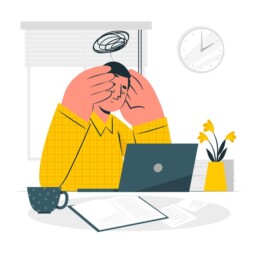
Regardless, for me it is a great feeling to be at the front of emerging technologies and interact with them. I believe it’s a great way to keep up to date with society as a whole and help shape the way our future looks by giving feedback to developers who build these new technologically advanced financial ecosystems using the bricks of our personal input.
Feel free to share this post it really helps and might help other artists know some of the hurdles that lie ahead if they’re just dipping their toes into Web3.
I also want to add that I will be reexamining my position on all of this as time goes on and will probably delve deeper into some of these topics in a separate post in more depth, noting also some of the pros of having worked in this space.
